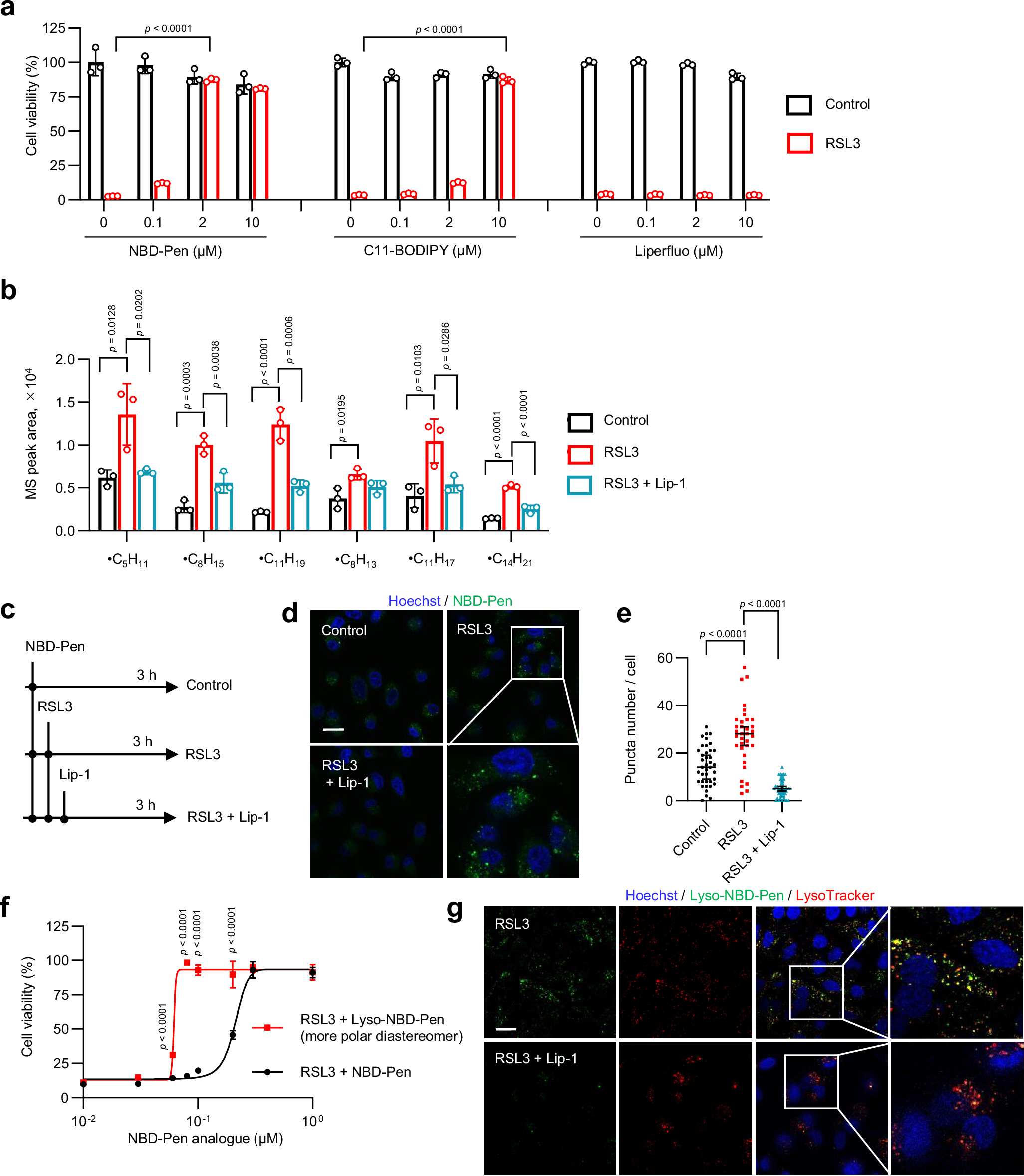2025-04-05 生理学研究所
<関連情報>
- https://www.nips.ac.jp/release/2025/04/post_555.html
- https://www.cell.com/cell-reports-methods/fulltext/S2667-2375(25)00046-3
細胞レベルの解像度で脳幹を低侵襲かつ広視野の2光子イメージング Minimally invasive, wide-field two-photon imaging of the brainstem at cellular resolution
Masakazu Agetsuma ∙ Azumi Hatakeyama ∙ Daisuke Yamada ∙ … ∙ Akiyoshi Saitoh ∙ Junichi Nabekura ∙ Masayuki Sekiguchi
Cell Report Methods Published;April 4, 2025
DOI:https://doi.org/10.1016/j.crmeth.2025.101010
Graphical abstract

Motivation
The nucleus tractus solitarii (NTS), a brainstem structure, is proposed as a critical gateway for regulating emotions through brain-viscera communication and for therapies based on vagus nerve stimulation (VNS). However, how the NTS processes signals from various organs remains unclear. Investigating this has been challenging due to the NTS’s deep location beneath the cerebellum and its being surrounded by brainstem regions critical to vital functions, which makes direct observation difficult. To address this issue, we developed an in vivo two-photon imaging method using a double-prism-based optical interface, allowing minimally invasive observation while keeping the surrounding regions mostly intact.
Highlights
- D-PSCAN is an in vivo brainstem imaging method that uses a double-prism optical interface
- D-PSCAN enables low-invasive, wide-field brainstem imaging with cellular resolution
- D-PSCAN detects neural responses specifically in the nucleus tractus solitarii (NTS)
- D-PSCAN effectively characterizes NTS neuronal responses to vagus nerve stimulation
Summary
Brain-viscera communication is crucial for regulating mental health, with the vagus nerve being a key structure mediating this interaction. Clinically, artificial vagus nerve stimulation (VNS) is used to treat various neuropsychiatric disorders, highlighting the importance of vagal afferent fibers in emotion regulation. The nucleus tractus solitarii (NTS) is a brainstem structure proposed to receive signals from vagal afferents and relay them to brain networks for emotion regulation. However, due to the anatomical complexity and difficulty in accessing the deep-brain NTS region in vivo, its underlying mechanisms remain unclear. Here, we developed a wide-field and deep-brain two-photon imaging method using a double-prism optical interface. This approach enables cellular-resolution imaging to specifically detect NTS neural activity while largely preserving the overlying cerebellum, a region also implicated in emotion regulation. We evaluated NTS neuronal responses to VNS and a gastrointestinal hormone, demonstrating the method’s utility for investigating the vagus-NTS pathway in vivo.


